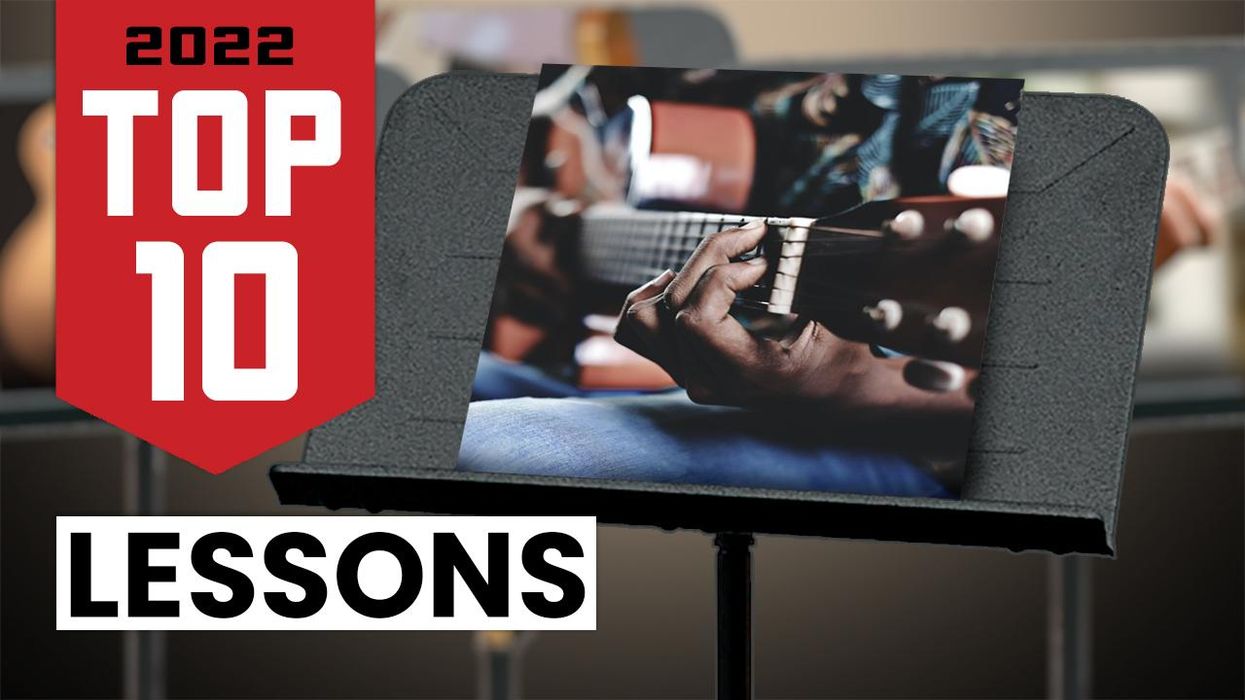Open-String Madness!
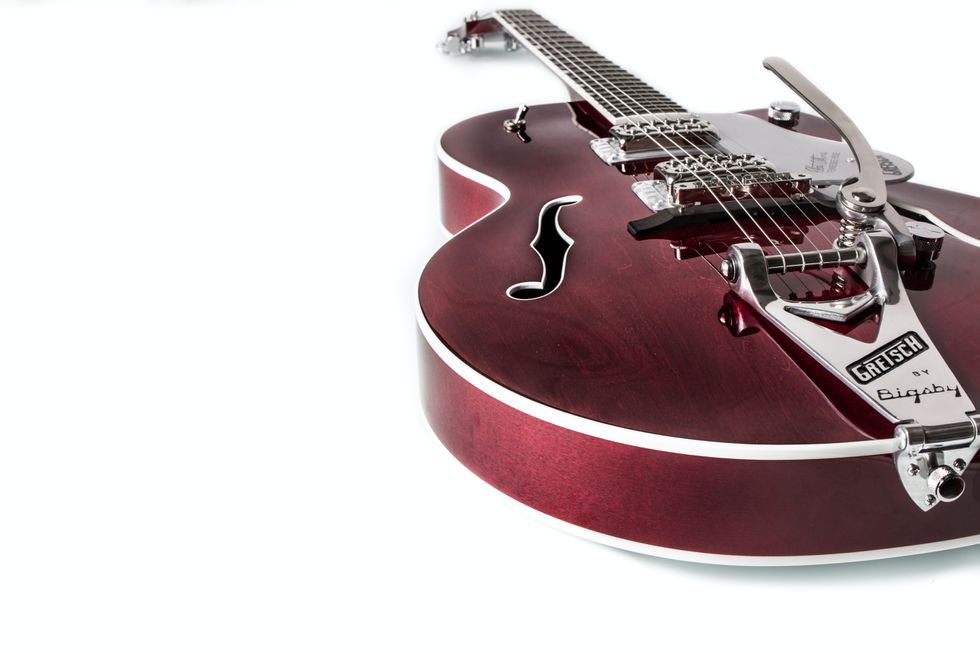 Matthew Lee
Most guitarists learn the basic scales, patterns, and lines up and down the neck when starting to visualize the fretboard. Working open strings into the mix made my head spin and forced me think of note selection differently. It taught me how to manipulate lines that I’d played for years and breathed new life into those lines simply by adding one key element.
Matthew Lee
Most guitarists learn the basic scales, patterns, and lines up and down the neck when starting to visualize the fretboard. Working open strings into the mix made my head spin and forced me think of note selection differently. It taught me how to manipulate lines that I’d played for years and breathed new life into those lines simply by adding one key element.Eric Gales’ Nasty Chord Substitutions
 Andy Gibson
Andy GibsonEric Gales’ method of playing a right-handed guitar left-handed and upside down gives him a sound that’s distinctively his. If you watch videos of him playing, you’ll notice he plays with his thumb wrapped around the top of the neck, like Jimi Hendrix or John Mayer. However, since his guitar strings are flipped upside down, his thumb is fretting what would be the first string to most people. This not only puts your brain in a whirl when trying to steal licks, but it also opens the door for some truly unique chord voicings. Gales, who fuses blues, rock, and classical together, constantly manages to play some truly otherworldly licks and passages.
Pickin’ Like Paisley: Use Those Open Strings!
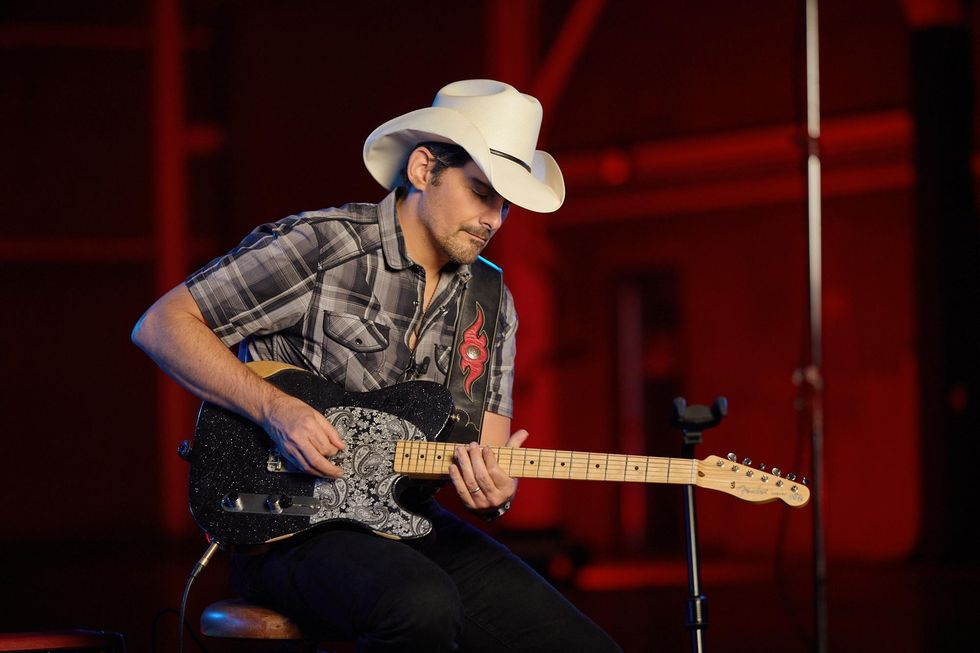 Andy Gibson
It’s universally known in the guitar community that Brad Paisley isn’t just some guy that strums a guitar and sings country songs. He’s widely respected as one of the best players in the country music scene and takes an unusual approach to achieve the sonic insanity that spills out of his guitar. From Telecasters, G-benders, and cranked Dr. Z amps to instrumental records and wild guitar solos getting mainstream country radio airtime, Paisley has solidified his place in the discussion of all-time greats, and not just in the country world. In this lesson, we’ll dive into one of the cornerstones of Brad’s playing that makes him so unique: open strings.
Andy Gibson
It’s universally known in the guitar community that Brad Paisley isn’t just some guy that strums a guitar and sings country songs. He’s widely respected as one of the best players in the country music scene and takes an unusual approach to achieve the sonic insanity that spills out of his guitar. From Telecasters, G-benders, and cranked Dr. Z amps to instrumental records and wild guitar solos getting mainstream country radio airtime, Paisley has solidified his place in the discussion of all-time greats, and not just in the country world. In this lesson, we’ll dive into one of the cornerstones of Brad’s playing that makes him so unique: open strings.Why Is Rhythm Guitar So Hard?
 Shawn Persinger
Shawn PersingerRhythm guitar is arguably the most important aspect of guitar playing, and it’s also one of the most challenging skills to develop. The discouragement many players feel when working on rhythms forces too many of them to oversimplify the nuances, and this can reduce a performance from exceptional to fine. In this lesson, we’ll investigate why rhythm guitar can be so puzzling and look at a few ways to keep yourself motivated enough to persevere and improve.
Mega Pentatonics!
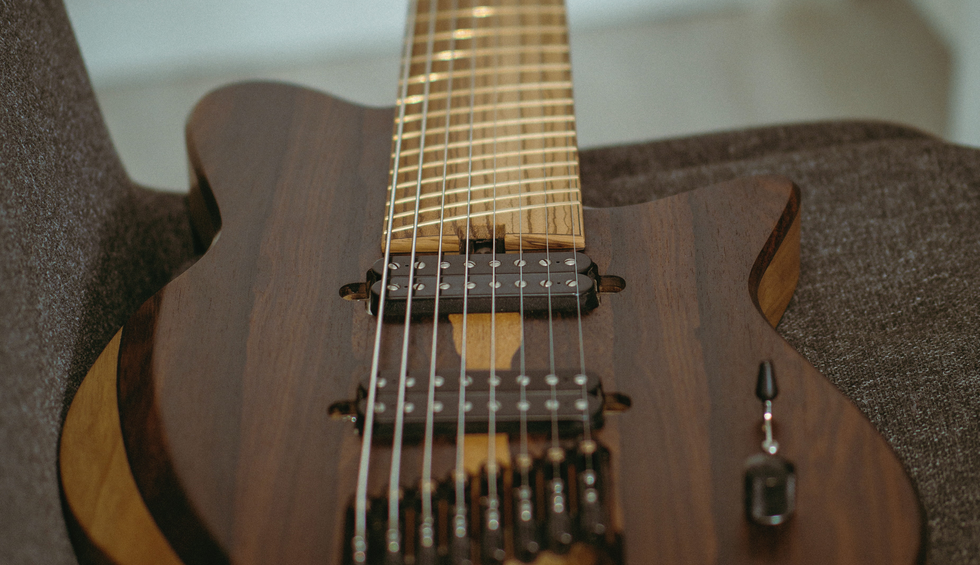 Sam Bell
Sam BellPentatonics are certainly well used (maybe overused?) by guitarists. There’s so much you can do with them and there’s a lot of great music to be found within our beloved five-note scale. My aim is to go for the whole “sheets of sound” thing that was popularized by John Coltrane and later adapted to guitar by players like Allan Holdsworth. However, the technique arms race has slowed down over the last few years, with modern players opting for interesting lines that focus more on cool rhythms and unexpected intervals. Let’s get to it.
Johnny Winter's Burning Blues
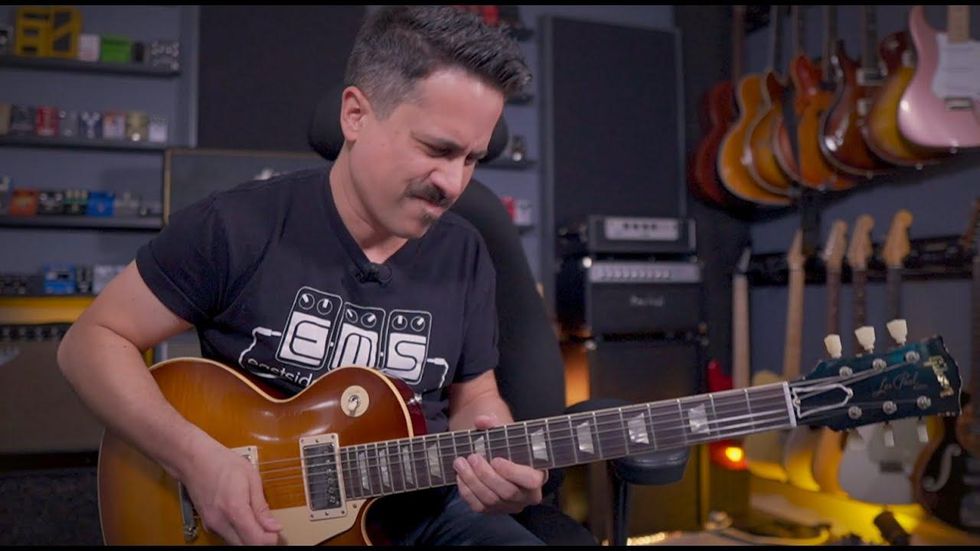 Corey Congilio
Corey CongilioLearn to rip like one of the all-time masters of modern electric blues.
5 Underrated Guitarists Who Will Blow Your Mind
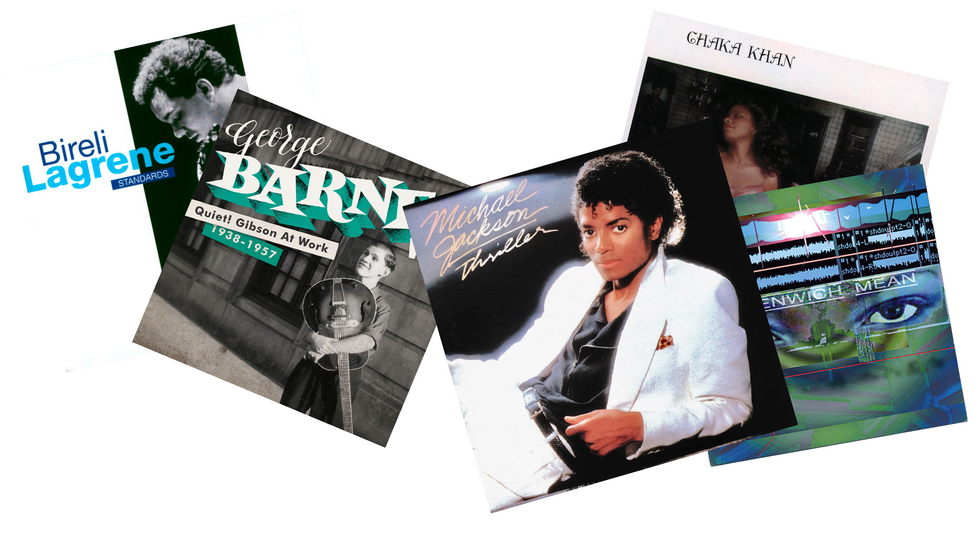 Carter Arrington
The guitar has been a major factor in so many styles of music over the last 70 years, and any experienced musician can tell you that playing any one of those styles with authenticity takes countless hours of dedication. As we learn the instrument, we seek out music that we find inspiring to help guide us toward our voice. The legends we all know in the guitar pantheon have inspired millions of players. In my musical journey over the years, I’ve always been thrilled to discover unique musicians who never attained the same recognition as their more famous counterparts. With so much music at our disposal these days, I thought this group of guitarists deserved a little more spotlight. The inspiration and knowledge they have provided me were paramount in my development, and I wouldn’t be the player I am without them.
Carter Arrington
The guitar has been a major factor in so many styles of music over the last 70 years, and any experienced musician can tell you that playing any one of those styles with authenticity takes countless hours of dedication. As we learn the instrument, we seek out music that we find inspiring to help guide us toward our voice. The legends we all know in the guitar pantheon have inspired millions of players. In my musical journey over the years, I’ve always been thrilled to discover unique musicians who never attained the same recognition as their more famous counterparts. With so much music at our disposal these days, I thought this group of guitarists deserved a little more spotlight. The inspiration and knowledge they have provided me were paramount in my development, and I wouldn’t be the player I am without them. How to Map Triads
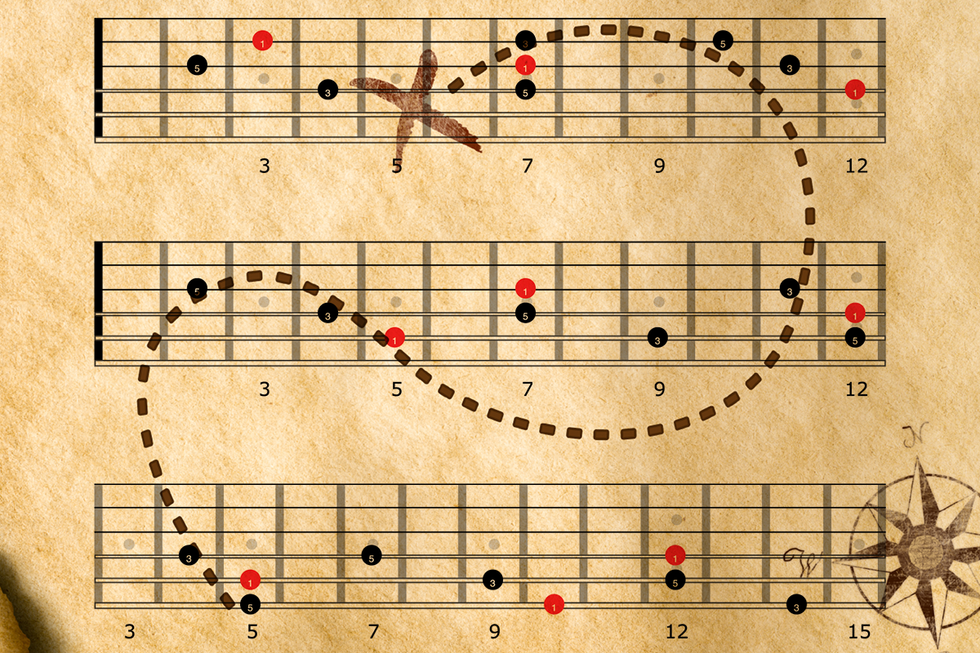 Timon Kaple
Timon KapleMapping major and minor triads up and down the guitar neck can open new possibilities in your playing. It can also help you learn note locations on the fretboard, find new ways to play chord progressions, and inspire creative improvisations and compositions. But where do you begin?
7 Essential Blues Chord Substitutions
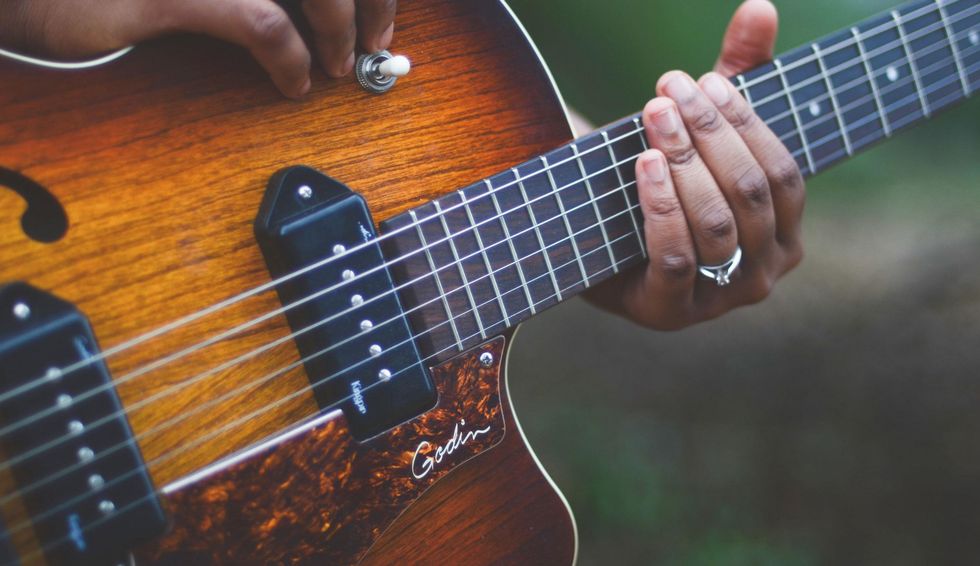 Max Rich
Max RichStaying creative and phrasing musically while playing chords, especially over a blues progression, seems like an impossibility to many players. After all, most blues songs contain only three chords, the I, IV, and V. So how can you make those simple chords more interesting? The answer is by using chord substitutions.
7 Positions to Shred Success
 Sam Bell
Knowing how to function in different keys is crucial to improvising in any context. One path to fretboard mastery is learning how to move through positions across the neck. Even something as simple as a three-note-per-string major scale can offer loads of options when it’s time to step up and rip. I’m going to outline seven technical sequences, each one focusing on a position of a diatonic major scale. This should provide a fun workout for the fingers and hopefully inspire a few licks of your own.
Sam Bell
Knowing how to function in different keys is crucial to improvising in any context. One path to fretboard mastery is learning how to move through positions across the neck. Even something as simple as a three-note-per-string major scale can offer loads of options when it’s time to step up and rip. I’m going to outline seven technical sequences, each one focusing on a position of a diatonic major scale. This should provide a fun workout for the fingers and hopefully inspire a few licks of your own.

